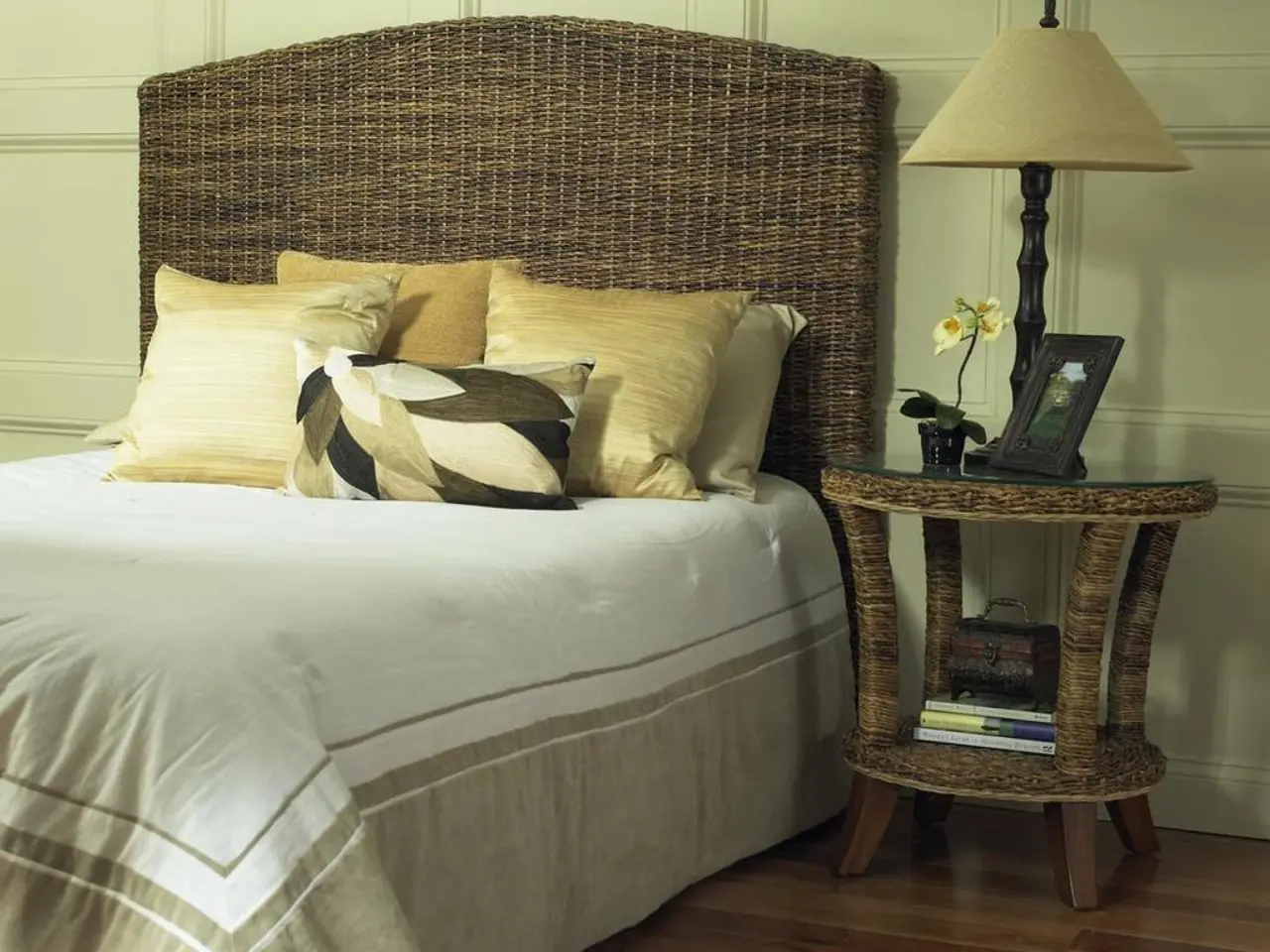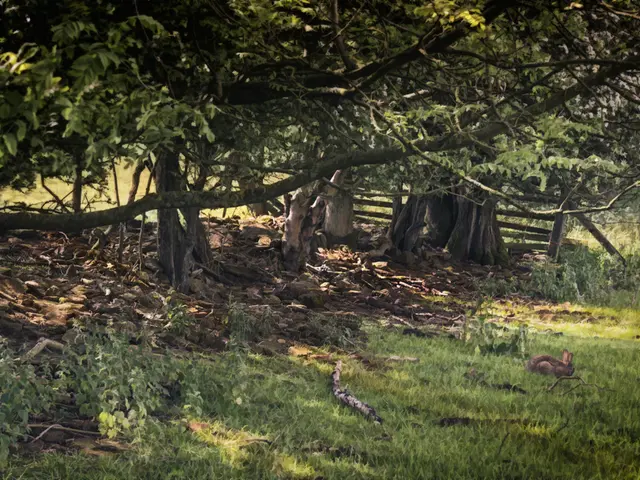Garden Raised Beds: Rules for Success and Mistakes to Avoid
Raised Bed Garden: Tips and Best Practices
Growing your food in raised beds is a popular method among home gardeners that offers numerous benefits, such as controlling the soil and cultivating plants in less-than-ideal garden conditions. Here's a list of dos and don'ts to help you achieve the best results in your raised bed garden.
Embrace Flexibility in Bed Height
Raised bed height isn't a one-size-fits-all solution. Instead, consider factors like your goals, comfort, and available resources. Some advantages of taller raised beds include:
- Reduced bending for easier work, especially for those with mobility issues or back pain.
- Minimized weed pressure, since most weeds won't penetrate through the soil from below.
- Lower vulnerability to small critters, such as rabbits and squirrels.
However, taller beds require more filling material, and you may want to grow plants that don't exceed the bed height to maintain comfortable cultivation and harvesting. For more on choosing the ideal height, click here.
Phased Development is Key
Don't feel overwhelmed by building or purchasing all your raised beds at once. Start small, learn from experience, and gradually expand your garden as your skills and resources grow. Newcomers can begin with a couple of beds and grow the rest in-ground before transitioning to raised beds.
Consider the Birdies raised beds for a durable and long-lasting option that works well in various conditions.
Bed Width: A Balancing Act
When determining the width of your raised beds, consider factors like accessibility, crop rotation, and garden space. To make it easier to reach the center of the bed, keep the width between 2.5 and 4 feet (0.76 – 1.22 meters). For better crop rotation, align the width with your in-ground row spacing.
Length Matters, But Not as Much
While the length of your raised beds is important, it's less critical than the width. Make sure you maximize the space available, but be mindful of maneuverability. Longer beds may provide more garden space, but they can also increase the distance between the opposite sides.
Space Between Beds: Think It Through
Ensure there is enough space to comfortably work in and add amendments to your raised beds. Ideally, you want to be able to fit a wheelbarrow between the beds. Avoid placing beds too far apart, as this can result in wasted space and additional effort spent on tasks like mulching and mowing.
Treated Lumber:pros and Cons
While many sources advise against using treated lumber in raised bed gardens due to potential chemical leaching, the use of copper-treated lumber is generally considered safe. Carefully weigh the cost savings vs. the potential risks before making a decision.
Fill Your Beds to the Top
Filling your raised beds to the top is crucial, especially if you plan to use materials like sticks or shredded leaves to save on soil costs. This ensures that the soil settled properly, preventing soil levels from falling below the plants, casting shade, and depriving them of light. Aim to top off your beds once or twice a year with compost for optimal soil quality.
Forget Row Spacing Guides
While row spacing guides on seed packets are helpful for in-ground planting, they aren't necessary for raised bed gardens. You can get closer plant spacing within rows since you can easily access the plants to maintain them.
Irrigation Planning is crucial
Consider the irrigation system before planting to ensure that watering is efficient and easy. Drip irrigation is recommended, and it's best to position the tubing before planting for hassle-free watering.
Spare Perennial Herbs a Thought
Perennial herbs like oregano, mint, thyme, and rosemary tend to spread in raised beds. Planting them in separate containers allows you to control their size and avoid taking over the beds.
Enjoy the Process
Growing food in raised beds can offer less work and fewer weeds with an increased harvest. Enjoy the process, and treat it as a learning experience rather than a perfect project. With these tips, you'll be well on your way to a thriving raised bed garden.
For more ideas on how to fill your raised bed soil, click here.
Resources
- 5 tips for designing raised beds
- Raised Bed Layout and Planning
- Raised Beds for the Home Gardener
- How to Build a Raised Vegetable Bed
- Raised Bed Garden Tips
- As a beginner gardener, you may find raised bed gardening to be an ideal starting point, as it offers numerous benefits and is flexible in terms of bed height, width, and length.
- For resources on raised bed gardening, consider checking out the articles "Raised Beds for the Home Gardener", "How to Build a Raised Vegetable Bed", and "Raised Garden Tips" to help you get started.
- Don't forget that garden lifestyle extends beyond the actual gardening, and you might find inspiration in home-and-garden magazines, websites, and printables.
- Lastly, remember to enjoy the gardening process and treat it as a journey, learning from each season and taking advantage of resources like the Birdies raised beds and various garden printables to make your gardening experience more enjoyable and fruitful.







